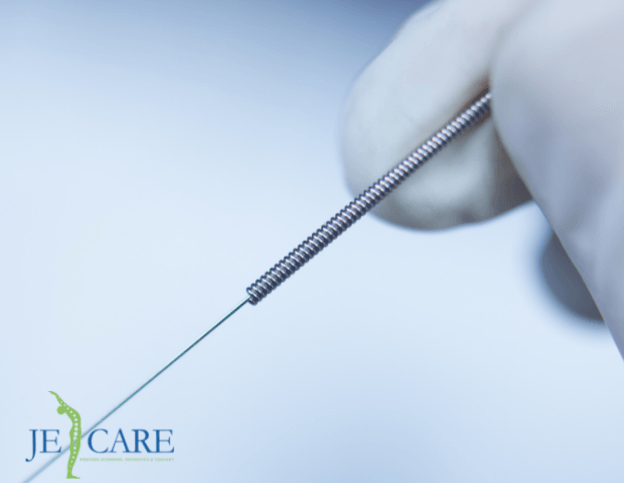Dry Needling Vs. Acupuncture: Benefits and Side Effects

Conventional acupuncture revolves around the chi theory or chee theory. It asserts that life-giving energies and forces circulate through our bodies via specific channels known as meridians. These meridians are connected to a specific function or organ of our body, and they can help each other through an opening. The treatment aims to unblock energy to revamp the body’s natural balance.
On the other hand, dry needling therapy functions according to the “gate control theory.” The theory states that by stimulating specific muscle trigger points which stimulates nerves within your body, you can send signals to block aches in a specific region. Owing to this function, dry needling has the edge over acupuncture therapies for muscle pain. Dry needling is a treatment per se when it comes to relieving pain within a certain area. It helps you to get rid of muscle spasms and helps in the stimulation of natural healing procedures of any injured tissue.
Dry Needling Vs. Acupuncture: Uses
Acupuncture is a great remedy for those suffering from:
• Nausea
• Digestive problems
• Blocked energy
• Neuromusculoskeletal pain
• Chronic pain
• Menstrual cramps
• Depression
• Migraines and headaches
• Labor-related pain
• Vomit
• Tendon pain
• Ligament damage pain/ inflammation
• Cartailage damage
• Joint pain
• Arthritis
Dry needling therapy can help people who are struggling with:
• Sports injuries
• Muscle pain
• Lower back pain
• Plantar fasciitis
• Neck pain
• Limited motion
• Muscle tension
• Tendon pain
• Ligament pain
• Arthritis
Why does dry needling therapy have the edge over acupuncture techniques?
• Dry needling therapy is more invasive when compared to acupuncture and has a huge neurological impact.
• Dry needling can be far more profound than acupuncture.
• Acupuncture is prohibited in patients with metallic implants or pacemakers within the body.
• Acupuncture is prohibited during pregnancy.
• Dry needling can be of great help for people with issues like diabetes, as acupuncture can give rise to complications.
Dry needling can be carried out at any region around the body; however, it can cure musculoskeletal conditions. The therapy works deep on certain muscle trigger points to improve range of motion and flexibility. As a result, it can offer relief in stiffness and muscular pain. Usually, dry needling is used to cure sports injuries, fibromyalgia pain, and muscle pain.
Acupuncture’s fundamental belief is that any illness results from interrupted or blocked chi. Chi boosts healing energy throughout your body. By putting pressure on acupuncture trigger points, the blockages will be removed. As a result, it can restore your energy flow and maintain a balanced state.
What are the side effects of acupuncture and dry needling therapy?
Dry needling therapy can give rise to mild side effects; however, severe side effects occur in rare cases. Side effects like bruising, temporary soreness, and bleeding can be felt around the treatment site.
When performed by a licensed acupuncturist, the side effects are very rare. However, a person can occasionally encounter pain around the treatment site, bleeding, and bruises.
To book an acupuncture treatment or dry needling treatment click here! *Quote DNABBS22 to save £15.00 OFF your initial session.





